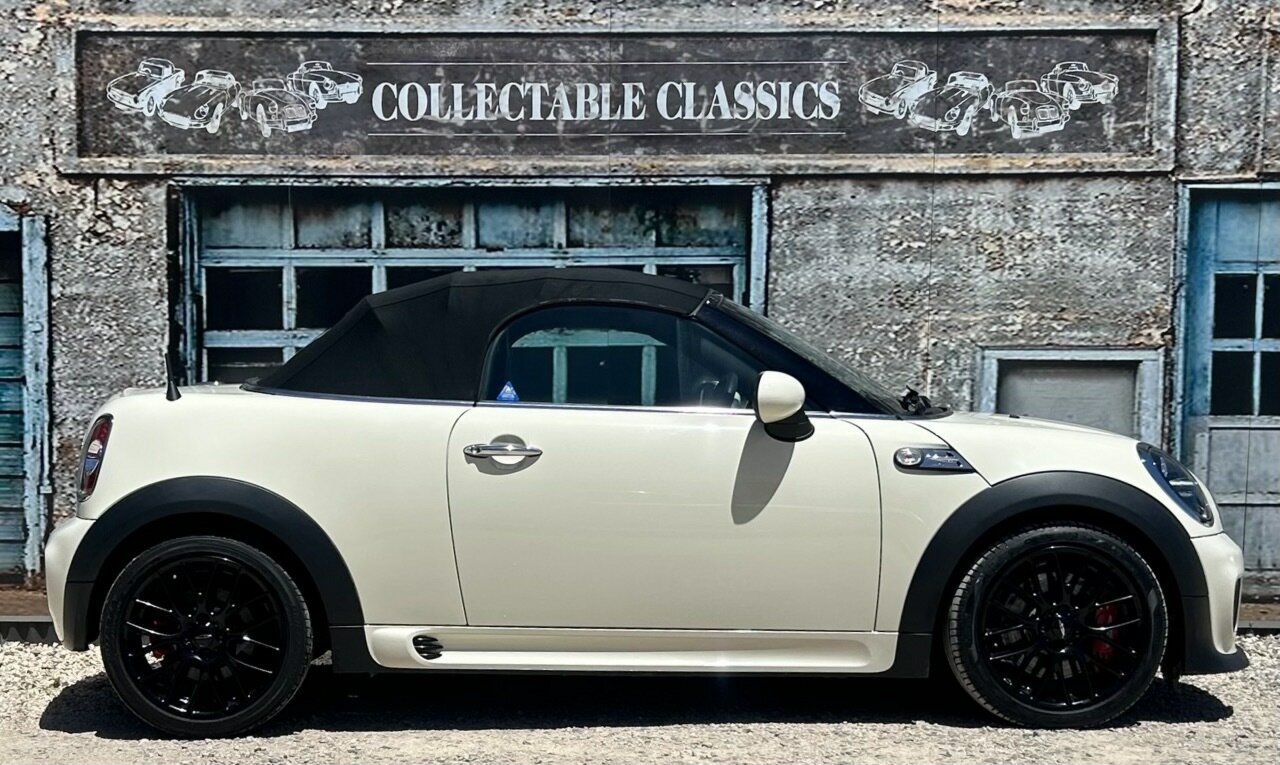Modern Mini reaches production milestone
The modern Mini 3-door has reached a major production milestone, with the 1 millionth third-generation example, a Cooper SE, rolling off the production line at their Oxford plant in the UK on 18 April.

Reflecting Mini’s past and future, the millionth third-generation Mini was finished in classic British Racing Green, but featured an all-electric drivetrain. It’s unclear whether the car carries anything inside or out identifying its special status.
Rather than being retained by the company, the milestone Mini goes into the market, specifically Canada.

After BMW acquired the Rover Group in 1994, the original Mini that had been developed by Alec Issigonis and launched in 1959 remained in production until 2000 before it was replaced by an all-new and significantly larger Mini in 2001. Initially offered in 3-door form like the original, a variety of bodystyles followed, including wagons, coupes, roadsters and crossovers.
In 2013, the third-generation modern Mini 3-door hatch was unveiled and went on sale in most markets, including Australia, in 2014.
Across more than a decade of production, the third-generation Mini has been available in a range of guises and model variants, with a variety of powertrains, too. From the Mini One First with 55kW to the powerful Mini Cooper with 100kW, up to the racing-inspired Mini John Cooper Works models with 200+kW, the current Mini 3-door combines inspiringly agile driving characteristics with a compact footprint.

From the outset, the Gen 3 Mini 3-door has been available with diesel or petrol engines, and since 2020, the Mini Cooper SE has offered an electric alternative to internal combustion. According to Mini, sales of electric models have increased, with one in five Minis sold globally last year being EVs.
Like the current generation, the fourth-generation modern Mini family (that’s due to arrive in 2024) will also start with a 3-door, geared to electric driving pleasure from the outset and combining what Mini says is inspiring agility with a creative use of space.
In addition to offering the “maximum go-kart feeling” for true Mini fans, a focus with the next 3-door is on minimising the car’s ecological footprint. In this way, Mini say they’re consistently developing the concept for urban driving fun that has been a success for the marque more than 60 years.

In terms of racing, the original Mini’s competition career began a year after it was introduced, when John Cooper, a friend of Issigonis, developed a GT version of the 3-door in 1960, kicking off a motorsport connection, from circuit racing to hill climbs, rallying, autocross and more, that has continued with the BMW-era Mini 3-door and still exists today.
For now, the limited-edition Mini John Cooper Works GP is the benchmark for modern Mini performance. Introduced in 2019, its turbocharged four-cylinder engine, offering 225kW and 0-100km/h acceleration in 5.2 seconds, make it the fastest roadgoing Mini 3-door produced to date.













